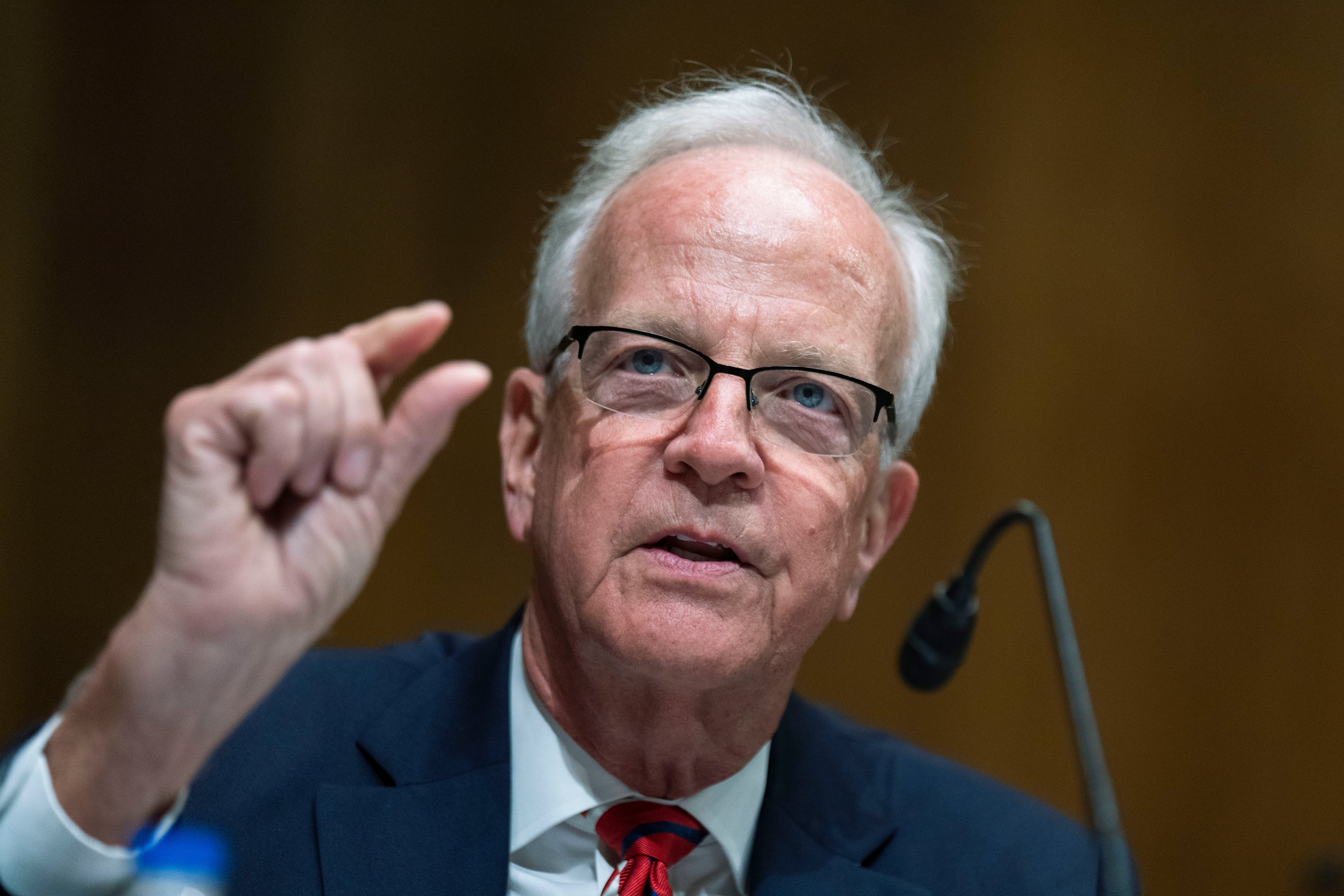If you’re playing a Where’s Waldo game with the Harry S. Truman Carrier Strike Group, you’re not alone. In fact, you’re doing exactly what Secretary of Defense James Mattis wants you and America’s real and potential enemies to do, too.
“We are thrilled to have the Harry S. Truman Carrier Strike Group back in the U.S. 6th Fleet area of operations and look forward to continuing to work with [the Truman Strike Group] team as we conduct the full spectrum of maritime operations,” said 6th Fleet commander Vice Adm. Lisa M. Franchetti in a statement released Tuesday morning.
Where in the 20 million square nautical miles of ocean the strike group might be remains a mystery. Franchetti oversees Navy forces in the Adriatic, Baltic, Barents, Black, Caspian, Mediterranean and North seas.
Parts of those waters won’t be new to the crews aboard the Truman, the guided-missile cruiser Normandy and their destroyers — the Arleigh Burke and Forrest Sherman.
The Truman began a non-traditional carrier deployment on April 11, sailing through the Mediterranean Sea to bomb Islamic State targets in Syria before cruising around the North Atlantic.
It made a surprise return to Norfolk on July 21 for what Navy leaders cautioned was merely an “extended working port visit.”
The Truman headed back to sea on Aug. 28 to conduct carrier qualifications and war games with sister flattop Abraham Lincoln.
Back then, Navy Times asked service leaders whether the Truman would keep going east across the Atlantic Ocean, but they cagily kept mum.
Now after finishing bilateral operations with the Royal Canadian Navy, the Truman and her escorts will rejoin the guided-missile destroyers Bulkeley and Farragut, which remained behind in 6th Fleet, officials say.
RELATED

Officials have refused to hint on how long the strike group will stay in the 6th Fleet’s waters or if it will continue to the 5th Fleet’s area of responsibility in the Middle East.
But no one denies that the strike group continues to set the example for the new “Dynamic Force Employment” concept being pushed by Mattis, a retired four-star Marine general, and Marine Gen. Joe Dunford, the chairman of the Joint Chiefs of Staff.
They want all military units to become more agile and less predictable in their deployments, making potential foes uncertain about when they’ll arrive in a region and how long they might stay.
Mark D. Faram is a former reporter for Navy Times. He was a senior writer covering personnel, cultural and historical issues. A nine-year active duty Navy veteran, Faram served from 1978 to 1987 as a Navy Diver and photographer.




